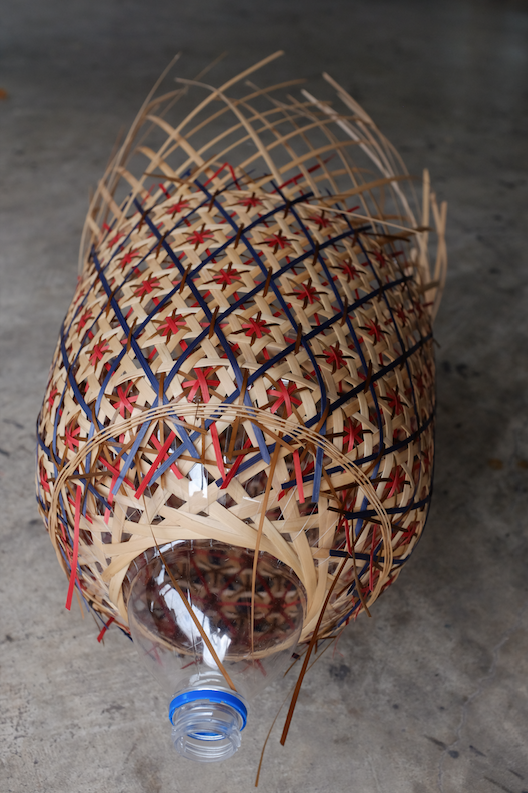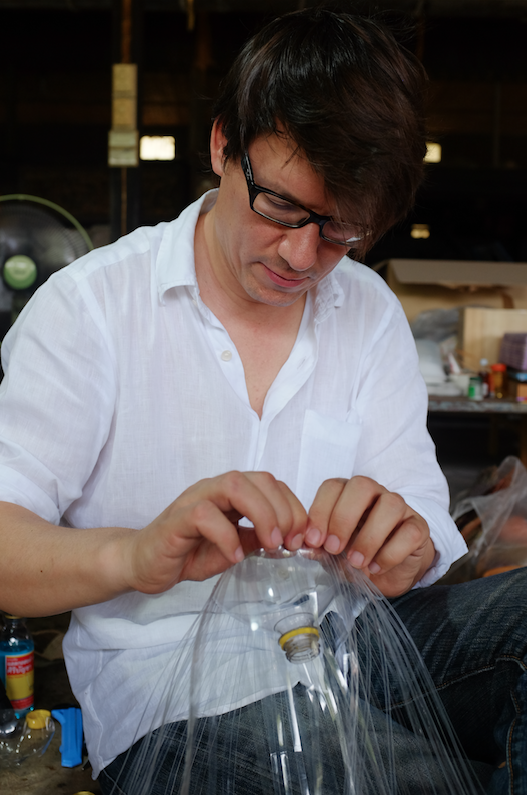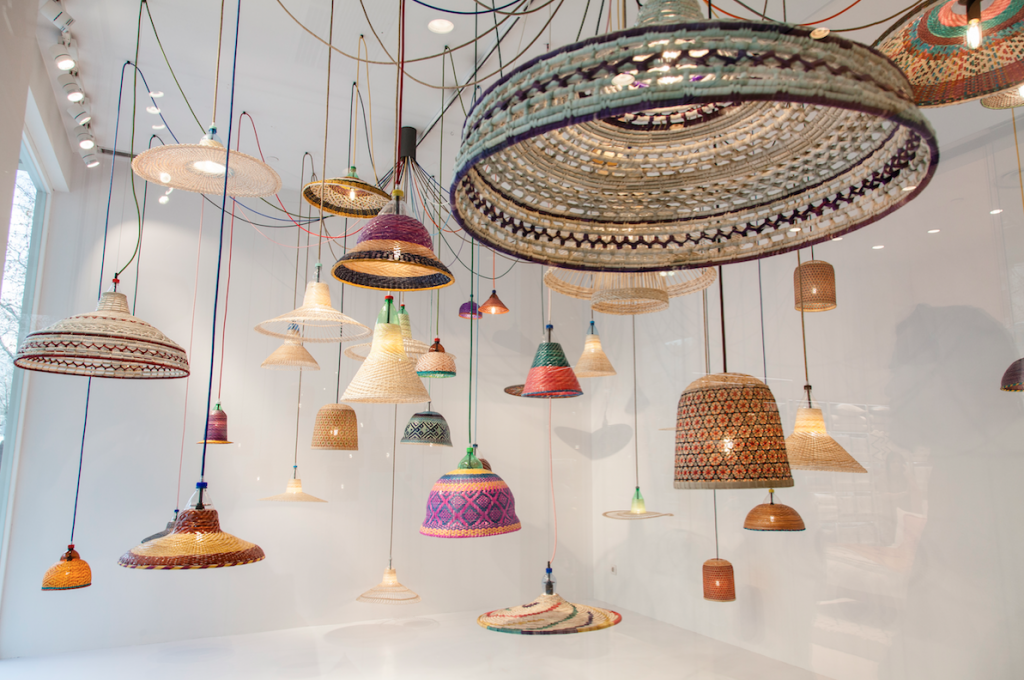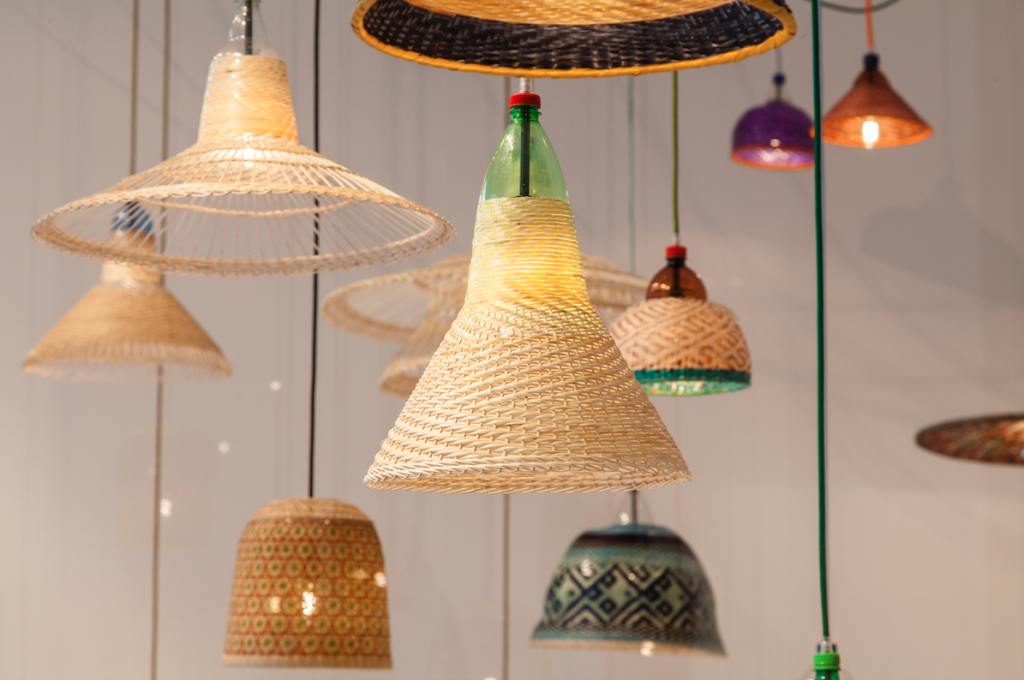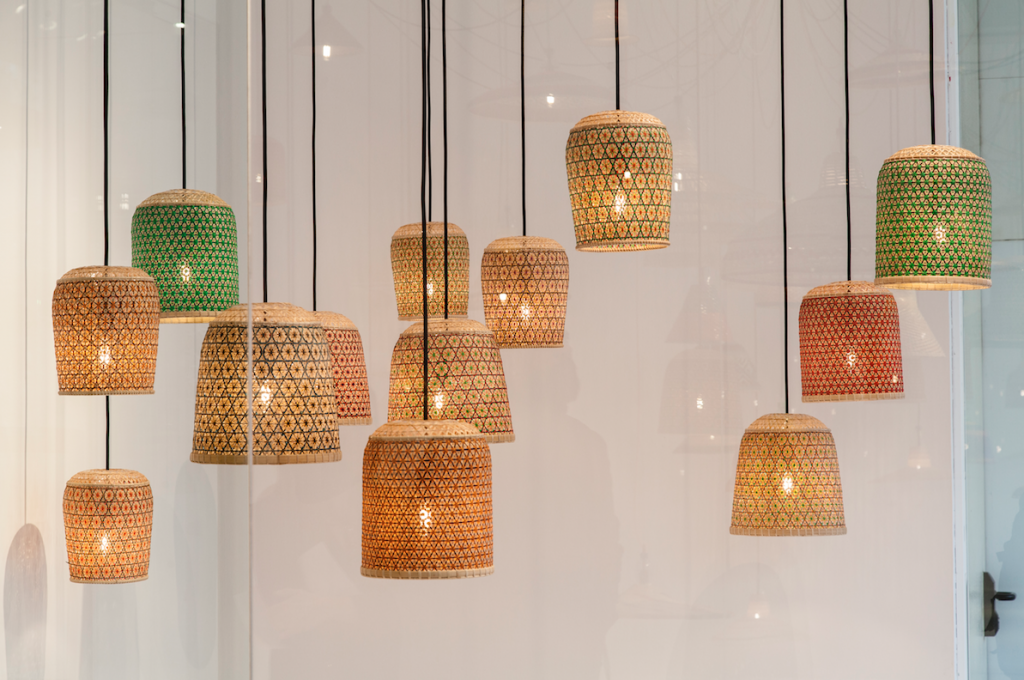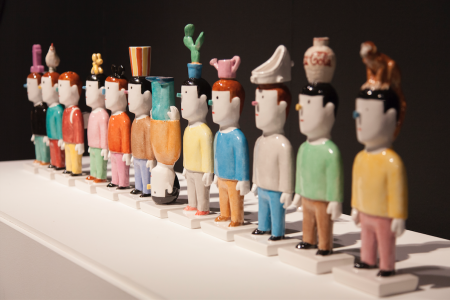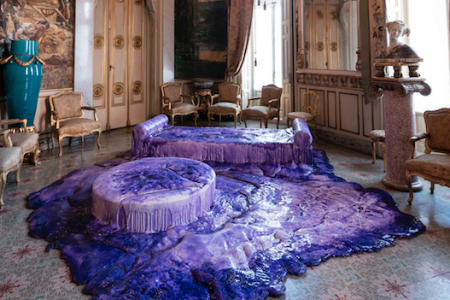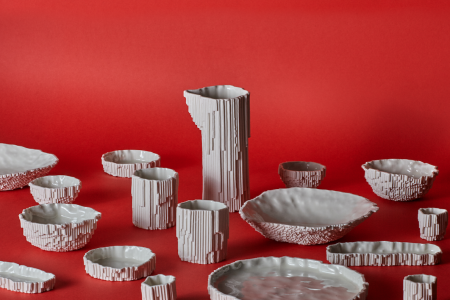Lamps Woven with PET Bottles, Traditional Knowledge and Stories
Industrial Designer Alvaro Catalán de Ocón brings social, environmental and commercial ideologies together in his PET Lamp project
At Madrid Design Festival, the two windows of Zara Home were filled with colorful lampshades that hung together in a sort of chandelier. From a distance, the lampshades look to be part of a single family of woven shades resembling inverted baskets. However, on closer inspection, two curiosities reveal themselves—the first is that each lampshade, although part of the larger collection has its own distinct identity with each lampshade made in different sizes, shapes, materials and intricately woven patterns, the second unusual thing about the lampshades is that they each have a PET water bottle connecting the body of the lampshade to its cable and other components.
These lampshades are part of the PET Lamp project by industrial designer Alvaro Catalán de Ocón who embarked on this long-term project in 2012. The lamps’ unique characters come from the socially and environmentally driven inspiration behind the project which pairs the problem of plastic waste with the need to preserve traditional crafts and local indigenous communities.
It began in 2012 when de Ocón traveled to Columbia and worked with two local ethnic groups and traditional artisans through the Artesanías de Colombia—an organization dedicated to preserving and creating awareness of the traditional crafts of Columbia. The result was a process in which plastic bottles became the starting point to create a woven chandelier, cut in a certain way to act as the “loom” for the rest of the lamp to be built from.
Since then, de Ocón has worked with craftspeople from Chile, Ethiopia, Japan, Australia and, most recently Thailand. In each of these places systems of production are set up which allow the artisans to continue to produce the lamps and make a commercial venture of them to support themselves. De Ocón tells TLmag that this includes the consideration every detail for example how the lamps can be stacked for shipment defines their shapes. Indeed, the Pikul lamps from Thailand come in three sizes that neatly nest into each other for their journey to Europe. The size of the lamp also directly corresponds to the ease of shipment with larger lamps commissioned for the groups that are more remote, making it cost-effective and sustainable commercially.
These small considerations, as well as the distinctive characters of the lamps, have seen over 15 000 sold. In addition to being a commercially viable product the collaborative PET Lamp also act anthropologically. The methodology of field research and on-site workshops and extensive prototyping means that traditional crafts that would otherwise be lost are documented by through photo and film but, most importantly, the stories and traditions are preserved and furthered in the physical objects of the lampshades.
This is part of our coverage of the 2019 Madrid Design Festival. To read the rest of the series, click here.
